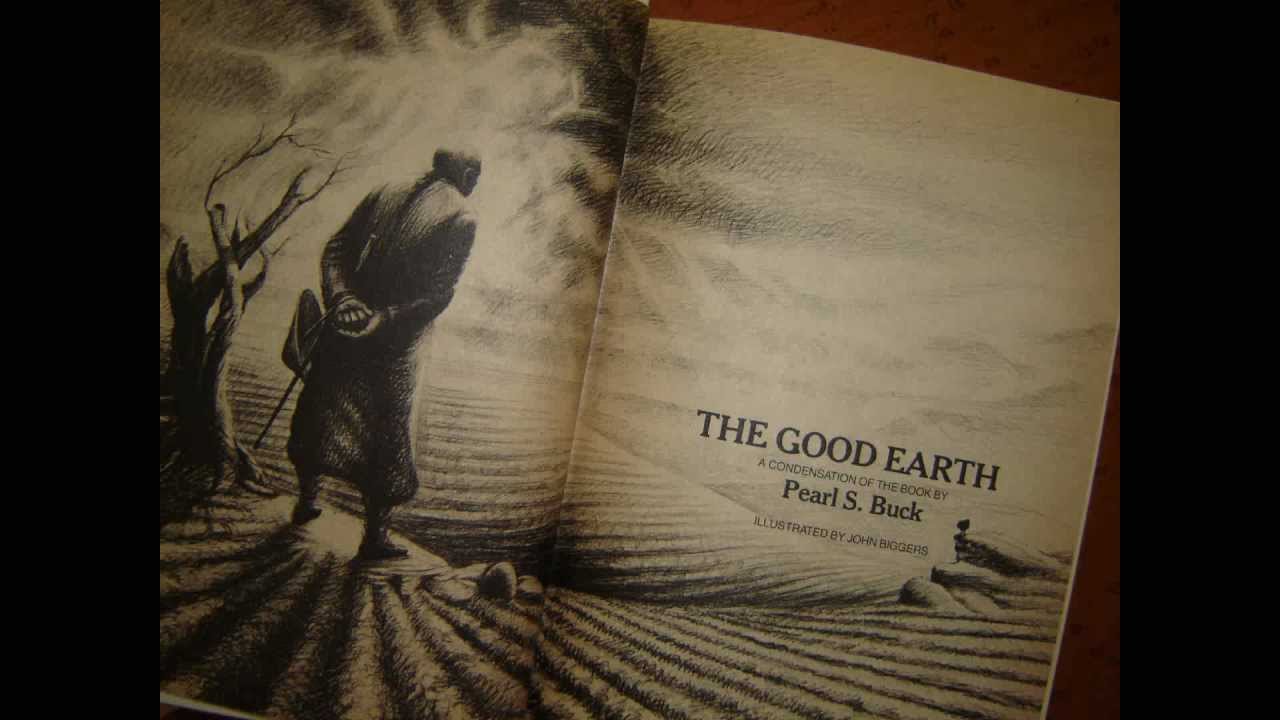On March 2, 1931, and Pearl S. Buck’s novel The Good Earth was published. The book immediately became an international bestseller, winning the Pulitzer Prize the following year, and was widely hailed in the West as the most important book about China since The Travels of Marco Polo.
Born in America in 1892, Buck had left her native land at just three months old, traveling with her missionary parents to China, where she spent her childhood learning the language and culture. After spending a few years back in the States attending college, in 1914 she returned to the country that had nurtured her, remaining there almost continuously for the next 20 years.
It was while living in Nanjing with her first husband, John Lossing Buck – an agricultural economist specializing in the rural economy of China – that she wrote The Good Earth, drawn from her experiences in rural Anhui and first-hand observation of Chinese village life.
Tracking farmer Wang Lung’s life from his wedding day until his death, the novel’s simply painted but moving portrait of the plight of the Chinese peasant stoked Western sympathy for a country many had dehumanized (and did so ahead of war with Japan). It was followed up with two sequels to form The House of Earth trilogy.
Rocketing her into the realms of literary celebrity, the book was a significant factor in her being awarded the Nobel Prize in Literature in 1938, making her the first American woman to receive the honor.

Pearl Buck in 1932, a year after 'The Good Earth' was published. Image via Arnold Genthe/Wiki.
MGM turned the novel into a movie in 1935. Buck intended the film to be cast with all Chinese or Chinese-American actors, and producer Irving Thalberg initially agreed, before conceding that American audiences were not ready for such a film.
Ever since publication of the novel, Chinese-American Hollywood movie star Anna May Wong had made known her desire to play one of the lead roles, Wang Lung’s wife O-Lan, in a film version. But the studio never seriously considered her for the role.
The Hays Code anti-miscegenation rules required the wife of a white actor, Paul Muni (ironically playing Chinese character Wang Lung in yellowface), to be played by a white actress. The Chinese government also advised against the casting, commenting that “whenever she appears in a movie, the newspapers print her picture with the caption ‘Anna May again loses face for China.’”
Wong was instead offered the part of Lotus, a deceitful song girl who helps to destroy the family and seduces the family's oldest son. She refused the role, telling MGM, “If you let me play O-Lan, I will be very glad. But you’re asking me – with Chinese blood – to do the only unsympathetic role in the picture featuring an all-American cast portraying Chinese characters.”

Anna May Wong in 1937. Image via Wiki/Eugene Robert.
The role of O-Lan went to German-born Luise Rainer, who won the Best Actress Oscar for her performance. Despondent, Wong spent the next year touring China, visiting her family’s ancestral village and studying Chinese culture. MGM’s refusal to consider her for the part, meanwhile, is remembered as one of the most notorious cases of casting discrimination in the 1930s.
READ MORE: This Day in History: Anna May Wong's Shanghai Express
In 1934, Buck left China, partly in order to be closer to her second husband, editor Richard J. Walsh, and her mentally ill, institutionalized daughter, and partly as a result of a controversial talk lambasting missionaries, in which she expressed such sentiments as: “I can never have done with my apologies to the Chinese people that in the name of a gentle Christ we have sent such people to them.”
Following the Communist Revolution in 1949, Buck was repeatedly refused attempts to return to her beloved China; during the Cultural Revolution she was denounced as an “American cultural imperialist.”
Buck was said to be “heartbroken” when she was prevented from visiting China with Richard Nixon in 1972. She never set foot in the Middle Kingdom again, dying of lung cancer in West Virginia in 1973.
READ MORE: This Day in History: Nixon Signs Shanghai Communique
For more history stories, click here.
[Cover image via YouTube]



















0 User Comments